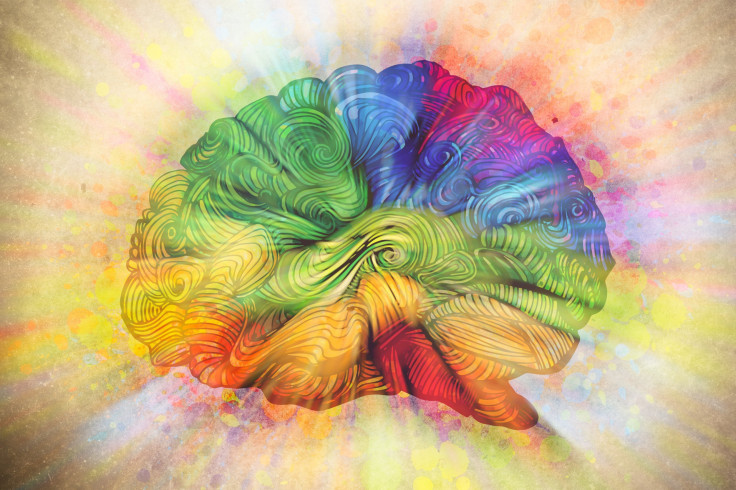How The Brain Works: 4 Weird Things We Learned About The Human Brain, Thanks To fMRI Machines

Brain experimentation sounds like an exciting scientific endeavor with infinite possibilities for discovery. What happens in the brain when we sing or rap, or when we are confronted with fear? Researchers have been scanning for nearly 25 years, yet still find new insights into what makes us tick inside.
Vanessa Hill, the host of PBS Digital Studios’ BrainCraft YouTube channel, reviews some of the strangest experiments scientists have conducted on our brains. Thanks to the early 20th-century invention of magnetic resonance imaging (MRI), humans have been able to dissect the body into paper-thin pictures, and create 3D models of organs and tissues to detect disease and diagnose conditions without having to make an incision.
But still, a relatively new machine revolutionized the way humans experimented, by giving us an inside view of how the brain thinks and feels, and reacts. In 1991, the Society for Magnetic Resonance in Medicine unveiled the first functional magnetic resonance imaging (fMRI) machine in the world, which demonstrated the magnetic field’s ability to reveal changes in brain activity. Since then, radiologists and researchers have been able to conduct all kinds tests using drugs, fear, love, songs, and more to engage the brain.
“We’ve used fMRI to learn some pretty cool things about your brain,” Hill says.
Hill discusses how the University of Illinois used an MRI machine to demonstrate muscle movement while a patient sings. But while MRI can only take pictures of what’s going on inside, fMRI shows us how it works. In BrainCraft's video, you'll be able to see how rappers' minds work, and what happens when people get scared of snakes and spiders, among other weird brain activities.



























